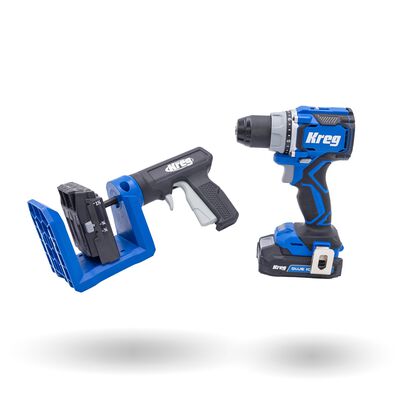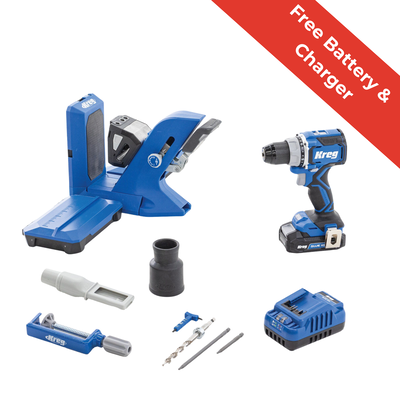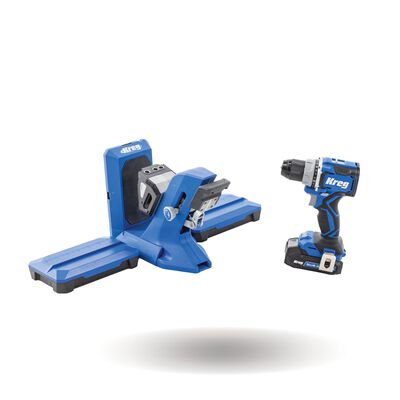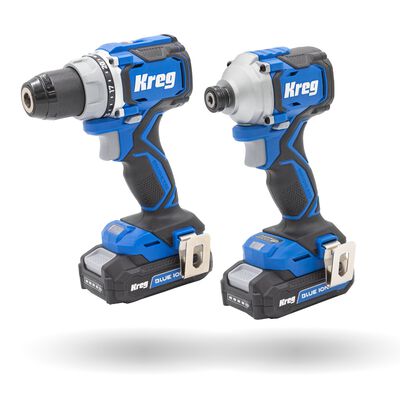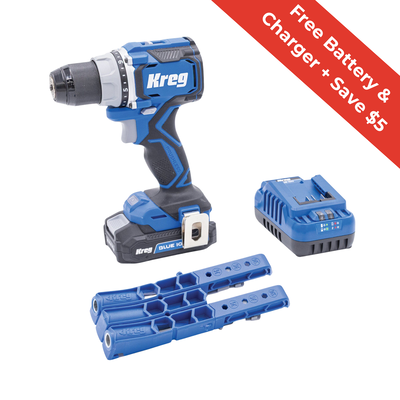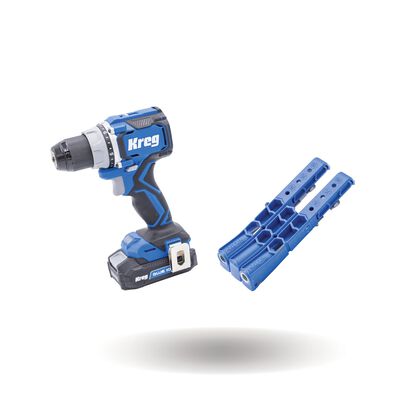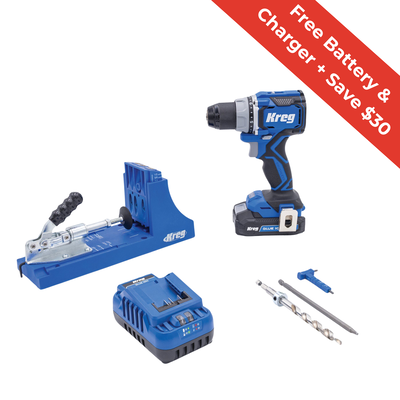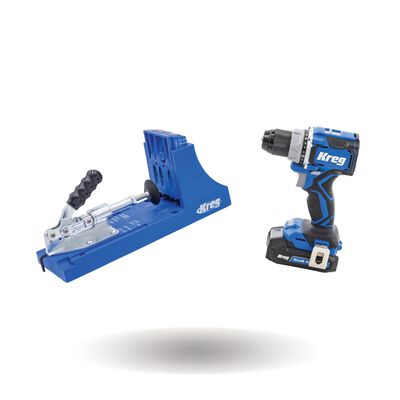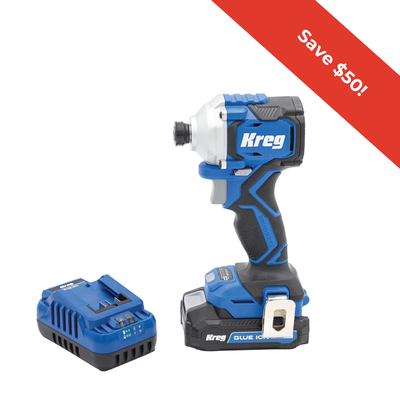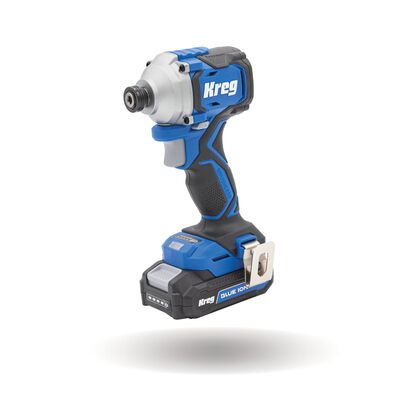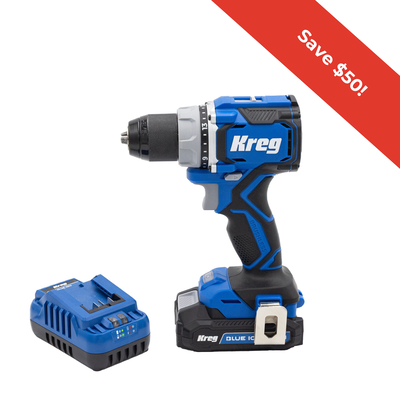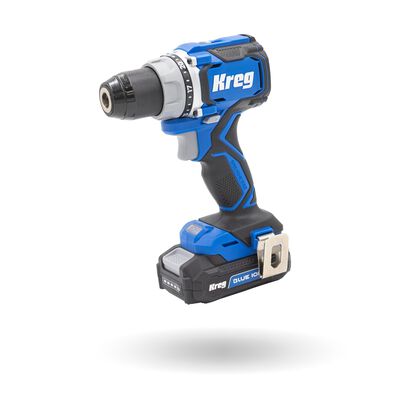Drills, Drivers & Impacts
9 Results
Features
Type
9 Results
Kreg® Pocket-Hole Jig 520PRO + 20V Ionic Drive™ 1/2" Compact Drill Project Kit
Includes Free Battery & Charger
New
Limited Time Offer
Kreg® Pocket-Hole Jig 720PRO + 20V Ionic Drive™ 1/2" Compact Drill Project Kit
Includes Free Battery & Charger
New
Kreg® Pocket-Hole Jig 320 + 20V Ionic Drive™ 1/2" Compact Drill Project Kit
Includes Free Battery & Charger
New
Kreg® Pocket-Hole Jig K4 + 20V Ionic Drive™ 1/2" Compact Drill Project Kit
Includes Free Battery & Charger
New
Out of stock


